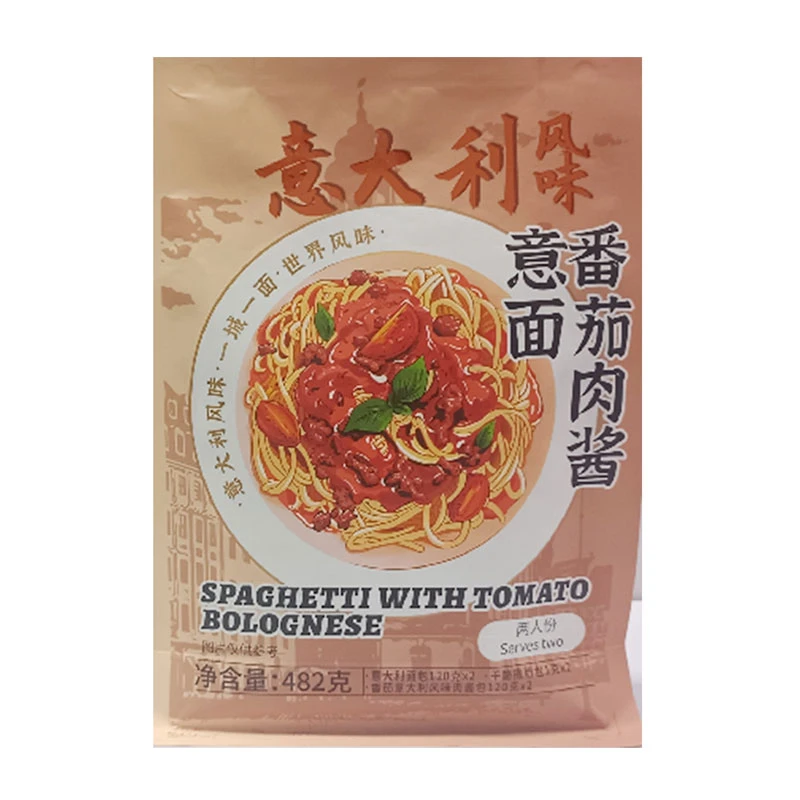buckwheat korean noodles
The Delight of Buckwheat Korean Noodles
Korean cuisine is renowned for its vibrant flavors and diverse ingredients, and one of its standout items is the buckwheat noodle, known as naengmyeon in Korean. Buckwheat noodles are not only a healthy and nutritious option, but they also provide a unique taste and texture that has captivated food enthusiasts around the globe. Let's delve into the world of buckwheat Korean noodles, exploring their history, preparation, and cultural significance.
A Brief History of Buckwheat Noodles
Buckwheat has been cultivated for thousands of years and is particularly prevalent in East Asia and parts of Europe. In Korea, buckwheat noodles have a deep-rooted history, with references dating back to the Goryeo Dynasty (918-1392). The popularity of these noodles increased during the Joseon Dynasty (1392-1897), primarily in the colder northern regions where buckwheat was easier to grow than rice. The dish was originally prepared by hand, and the process of making fresh noodles was both an art and a cherished tradition among families.
As the years progressed, buckwheat noodles adapted to different regional cuisines, with variations resulting in unique flavors and presentations. In contemporary Korea, these cool, chewy noodles are especially popular in the summer, providing a refreshing meal that is both satisfying and light.
Making Buckwheat Noodles
The preparation of buckwheat noodles involves a meticulous process that begins with selecting high-quality buckwheat flour. Unlike traditional wheat flour, buckwheat flour is gluten-free and has a distinctive earthy flavor, making it a favorite for those seeking healthier options. The flour is mixed with water to form a dough, which is then rolled out and cut into thin strands.
The noodles can be served in a variety of dishes, but naengmyeon is the most famous preparation. This dish typically consists of the noodles served cold in a tangy broth made from beef, vegetables, and a bit of vinegar, often garnished with sliced cucumbers, pear, boiled eggs, and sesame seeds. The combination of flavors and textures creates a perfect harmony, making naengmyeon a must-try dish for anyone interested in Korean cuisine.
buckwheat korean noodles

Nutritional Benefits
Buckwheat noodles are a fantastic addition to a balanced diet. They are rich in protein, fiber, and essential vitamins and minerals. Unlike traditional wheat noodles, buckwheat noodles provide lower calories and a lower glycemic index, making them an excellent choice for those managing weight or blood sugar levels. The high fiber content promotes digestive health and can help in preventing chronic diseases.
In addition to being a nutritious option, buckwheat is also packed with antioxidants and has been linked to various health benefits, such as reducing inflammation and improving heart health. Choosing buckwheat noodles over conventional pasta can be a delicious way to enhance one’s diet while enjoying the rich flavors of Korean gastronomy.
Cultural Significance
In Korea, the consumption of buckwheat noodles is more than just a dietary choice; it holds significant cultural meaning. The dish is often associated with special occasions and celebrations, symbolizing longevity and prosperity. Popular during hot summer months, naengmyeon is commonly enjoyed during traditional events, family gatherings, and festivals.
Moreover, the act of preparing and savoring buckwheat noodles is an experience that fosters a sense of community and togetherness. Families often gather to make these noodles from scratch, passing down the techniques and recipes through generations. This shared experience enriches the cultural fabric of Korean society, tying individuals to their heritage and reinforcing familial bonds.
Conclusion
Buckwheat Korean noodles are a delightful culinary treasure that encapsulates the essence of Korean cuisine. Their rich history, nutritional benefits, and cultural significance underline their importance in both traditional and modern settings. Whether served in a refreshing summer dish like naengmyeon or enjoyed in other preparations, buckwheat noodles are a testament to the creativity and resourcefulness of Korean culinary traditions. As they continue to gain popularity worldwide, these noodles offer a gateway for many to explore the rich tapestry of flavors that make Korean cuisine so unique. So, next time you crave a bowl of noodles, consider indulging in the delightful world of buckwheat Korean noodles—you won’t regret it!
-
Unlock the Delicious Potential of Yam NoodlesNewsAug.11,2025
-
The Authentic Taste of Lanzhou NoodlesNewsAug.11,2025
-
Savor the Art of Hand Pulled NoodlesNewsAug.11,2025
-
Indulge in the Timeless Delight of Spaghetti BologneseNewsAug.11,2025
-
Indulge in the Rich Flavor of Braised Beef NoodlesNewsAug.11,2025
-
Elevate Your Meals with the Magic of Fresh PastaNewsAug.11,2025
-
Unleash Your Inner Chef with Delectable Italian Pasta CreationsNewsAug.01,2025
Browse qua the following product new the we

















































































































